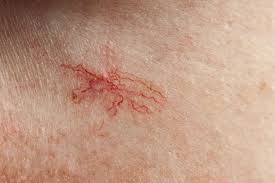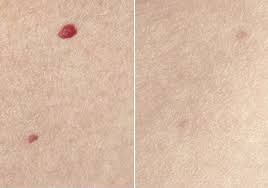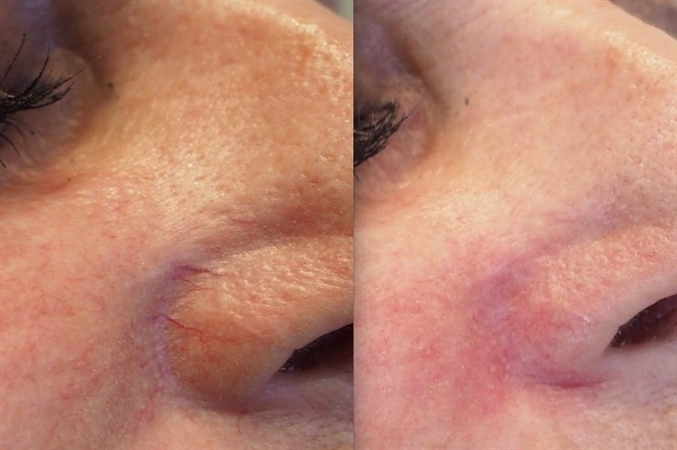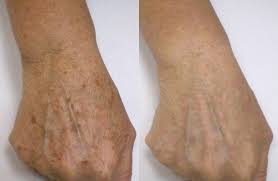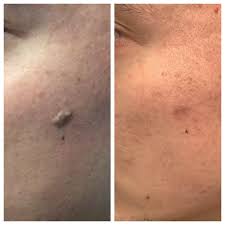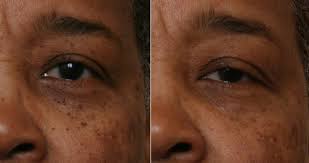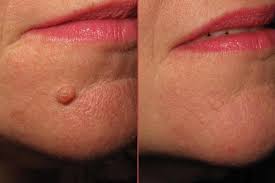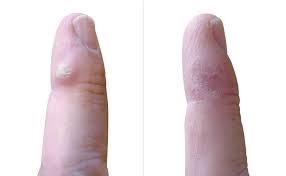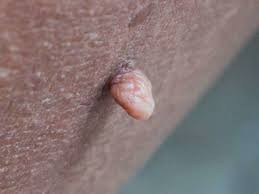What is Advanced Blemish Removal Treatment ?
ACP (Advanced Cosmetic Procedures/Advanced Electrolysis) is an increasingly popular, safe, effective and hygienic treatment for the removal of unsightly common skin blemishes, giving immediate and effective results, whilst leaving little or no residual marking on the skin. It is a specialist treatment using thermolysis/diathermy electrolysis to permanently remove unwanted skin tags, warts, moles, milia, thread veins (telangiectasia), blood spots, keratosis, seborrhoeic warts, xanthelasma and many more, plus mole reduction.
A thorough consultation with a test patch/small treatment is essential to gather the correct client information, and to ensure that client is suitable for treatment and verbal and written aftercare advice following treatment . Photographs will be taken before and after treatment as a condition of treatment. The length and number of treatments will vary depending on skin response and skin condition.
Treatments are carried out by Dawn, a highly skilled and experienced skin specialist who is able to treat these conditions as she holds a level 4 Advanced Electrolysis certificate, and is registered with the local council and the British Institute & Association of Electrolysis.
No one should be treating these skin blemishes without the above qualifications.
* Treatment is not suitable for anyone who is on blood thinning medication or has a blood disorder.

